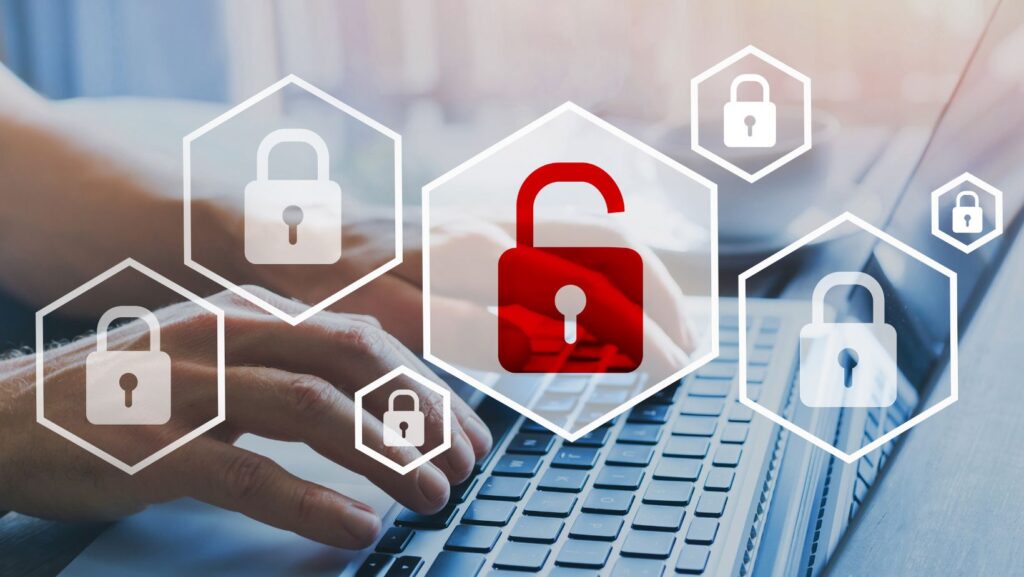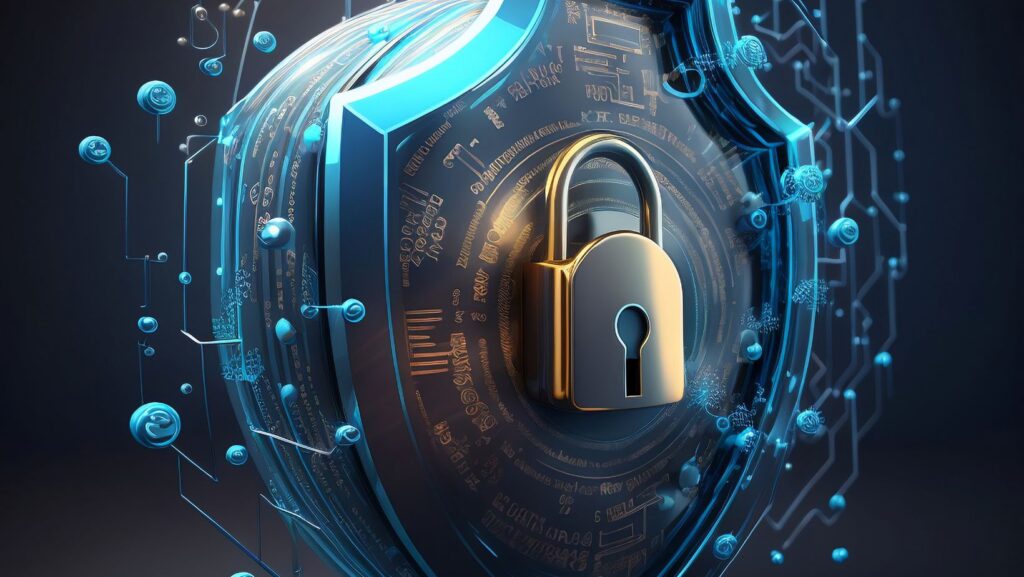In today’s digital landscape, enhancing collaborative cybersecurity and infrastructure security agency is paramount. As a seasoned expert in the field, I’ve witnessed the evolving threats and challenges faced by organizations worldwide. With cyber attacks becoming more sophisticated, it’s crucial to prioritize collaboration and information sharing among stakeholders.
I’ll delve into the strategies and best practices for bolstering cybersecurity measures through effective collaboration. From threat intelligence sharing to joint incident response efforts, fostering a culture of cooperation is key to staying ahead of cyber threats. Join me as we explore the importance of enhancing collaborative cybersecurity and infrastructure security in an ever-changing digital environment.
Cybersecurity and Infrastructure Security Agency
When it comes to cybersecurity threats, staying informed is crucial. Cyber attacks are constantly evolving, becoming more sophisticated, and harder to detect. Malicious actors are always looking for vulnerabilities to exploit, making it vital to be proactive in defending against potential threats.
One of the most common cybersecurity threats is phishing. These attacks involve tricking individuals into providing sensitive information such as passwords or credit card details. Ransomware is another significant threat where attackers encrypt a victim’s data and demand a ransom for its release.
Importance of Collaboration in Cybersecurity
Collaboration in cybersecurity is essential for strengthening defense mechanisms. Sharing insights and information about threats and attacks among industry peers enhances the overall security posture. It facilitates the identification of emergingthreats and vulnerabilities, leading to timelyprevention and response actions.
In the ever-evolvinglandscape of cyberthreats, collaborative efforts enable organizations to stayahead of malicious actors. By working together, we can leveragecollectiveintelligence to detect and mitigatecyberrisks more effectively. Partnerships and informationsharing are vitalcomponents of a robustcybersecuritystrategy in an interconnected world.

Strategies for Enhancing Information Sharing
When it comes to enhancing information sharing in cybersecurity, there are several strategies that organizations can implement to foster collaboration. Here are some key approaches:
- Establish Clear Protocols: Developing clear and concise protocols for sharing threat intelligence and cybersecurity incidents is essential. This ensures that information is shared efficiently and securely among stakeholders.
- Participate in Information Sharing Platforms: Engaging with industry-specific Information Sharing and Analysis Centers (ISACs) or Information Sharing and Analysis Organizations (ISAOs) can provide valuable insights and threat intelligence from peers in the same sector.
- Encourage Cross-Team Collaboration: Promoting collaboration between different teams within an organization, such as IT, security, and compliance teams, can lead to a more holistic approach to information sharing and response efforts.
- Invest in Technology: Leveraging technology solutions such as secure communication channels, threat intelligence platforms, and data analytics tools can streamline information sharing processes and enhance the effectiveness of cybersecurity initiatives.
- Training and Awareness Programs: Conducting regular training sessions and awareness programs on the importance of information sharing can encourage employees to actively participate in sharing relevant insights and incidents.
- Incentivize Participation: Providing incentives or recognition for individuals or teams that actively contribute to information sharing efforts can boost engagement and motivate stakeholders to share critical information promptly.

Building a Strong Incident Response Framework
When it comes to cybersecurity and infrastructure security, having a robust incident response framework in place is crucial. An effective incident response plan enables organizations to detect, respond to, and recover from security incidents swiftly. Here are some key steps to consider when building a strong incident response framework:
- Define Roles and Responsibilities: Clearly outline the roles and responsibilities of each team member involved in the incident response process. This ensures that everyone knows what is expected of them during a security incident.
- Establish Communication Protocols: Set up clear communication channels to ensure seamless information sharing among team members in real-time. Quick and effective communication is essential during a security incident to coordinate response efforts.
- Develop Incident Response Playbooks: Create detailed incident response playbooks that outline step-by-step procedures for different types of security incidents. These playbooks provide a structured approach to responding to incidents and help teams act swiftly and decisively.
- Regularly Test and Update the Framework: Regularly test the incident response framework through simulated exercises like tabletop drills to identify any gaps or weaknesses. Update the framework based on lessons learned from these exercises to improve incident response effectiveness.
- Collaborate with Industry Peers: Foster collaboration with industry peers and share threat intelligence and incident response best practices. Collaborating with other organizations can enhance your incident response capabilities and provide valuable insights into emerging threats.
By building a strong incident response framework and following best practices in incident response planning, organizations can effectively mitigate security risks and respond to security incidents in a timely and efficient manner.



